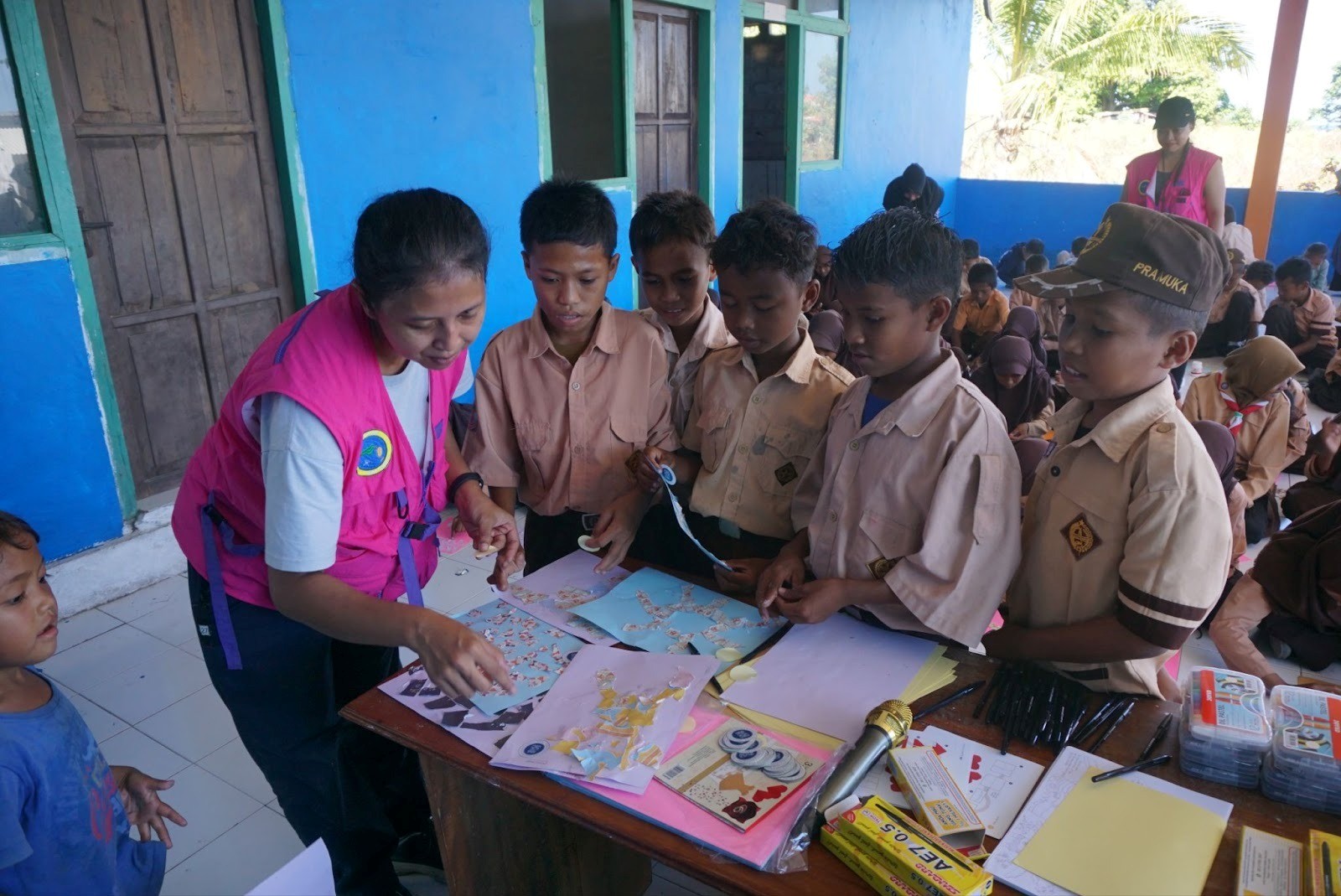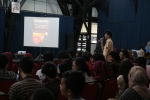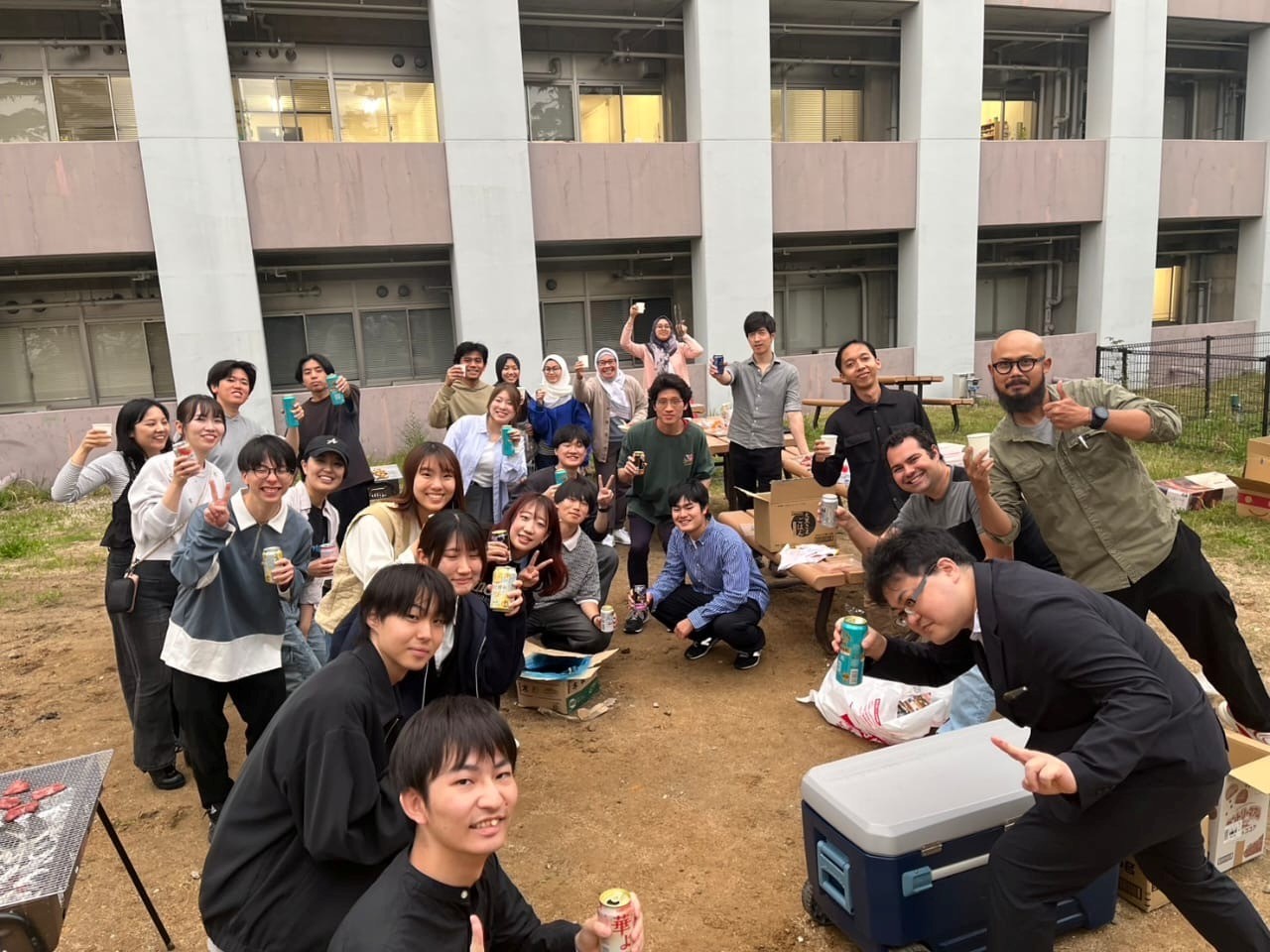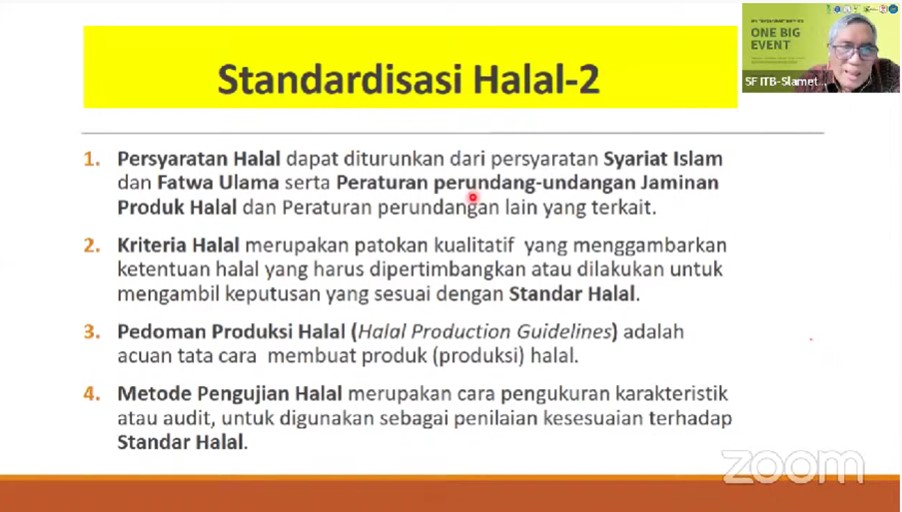ITB Students Develop WTE System by Converting Plastic Waste into Electricity
By Adi Permana
Editor Adi Permana

BANDUNG, itb.ac.id — Three first-year students from SITH-R under the guidance of Dr.rer.nat. Fifi Fitriyah Masduki, S.Si., M.Sc., and Wardono Niloperbowo, Ph.D., won two titles in the paper of the HVL National Competition. The Piwpiw team- Earron Keane Woen (19822170), Christopher Abigail Surya (19822176), and Catherine Nathania Christianto (19822034)- wrote their paper “Benefits of Processing Plastic Waste into Electrical Energy'' as part of the waste-to-energy procedure.
After their win, the team took inspiration from their paper for their next competition- the International Competition UI Youth Environmental Action. They decided to focus on analyzing the economic benefits and opportunities of the WTE system in their paper entitled "Innovative Approach to Safeguarding the Environment: Implementing the Transformation of Plastic Wastes to Electrical Energy in the Green Industry''.
From the concerns regarding plastic waste and limited electricity supply in several regions of Indonesia, the Piwpiw team correlates the two issues with the WTE system so that it can handle both.
Their proposed system utilizes the incineration of plastic waste within a closed system to minimize pollution. Heat from the combustion will then be used to heat the water so that the water vapour formed can drive the turbines of the power plant generator. The residual smoke can also be recondensed into biofuels and other by-products.
"In our opinion, this system is suitable in Indonesia. Based on data from the Central Statistics Agency, Indonesia becomes the second largest producer of plastic waste after China in 2019. Therefore, the system will not run out of raw materials, but will reduce harmful waste that is difficult to decompose to help overcome global warming and boost the country's economy," Christopher explained.
The economic opportunities of the WTE system are further studied in their 2nd paper; the potential amount of electrical energy that can be generated is analyzed to calculate the reduction of government subsidies for the provision of electricity in the community. The team also proposed private sector cooperation using WTE with PLN to ensure a more effective and efficient electricity supply. The by-product is considered a promising economic potential in the national market.
Regarding feasibility, the system is feasible to be applied in Indonesia because the raw materials are abundant. At the same time, the system itself is simple. Some countries that have successfully adopted this system are Singapore, Sweden, and Nigeria. This success is undoubtedly a benchmark for Indonesia to join in providing electricity using the WTE system.
"It is feasible because the technology needed exists, namely PLTSa. However, it needs to be modified into a closed system and added with a pyrolysis machine. Adding steam turbine generators also produce useful products with net zero carbon emissions," Earron added.
Nonetheless, the WTE system still has some major challenges to achieving successful implementation in Indonesia. Structural issues that concern public awareness and will take a long time to be fully solved. On the other hand, the capital fees often owned by private sectors cause proponents to try to convince them for investment- this requires creativity and perseverance.
"What we need is cooperation between the government, community, and private sectors. The behavior and discipline of the people has room for improvement as well in waste-sorting to prevent accidents from burning,” Catherine and Earron stated.
Reporter: Hanifa Juliana (Urban and Regional Planning, 2020)
Translator: Ruth Nathania (Environmental Engineering, 2019)

.jpg)
.jpg)


.jpg)



